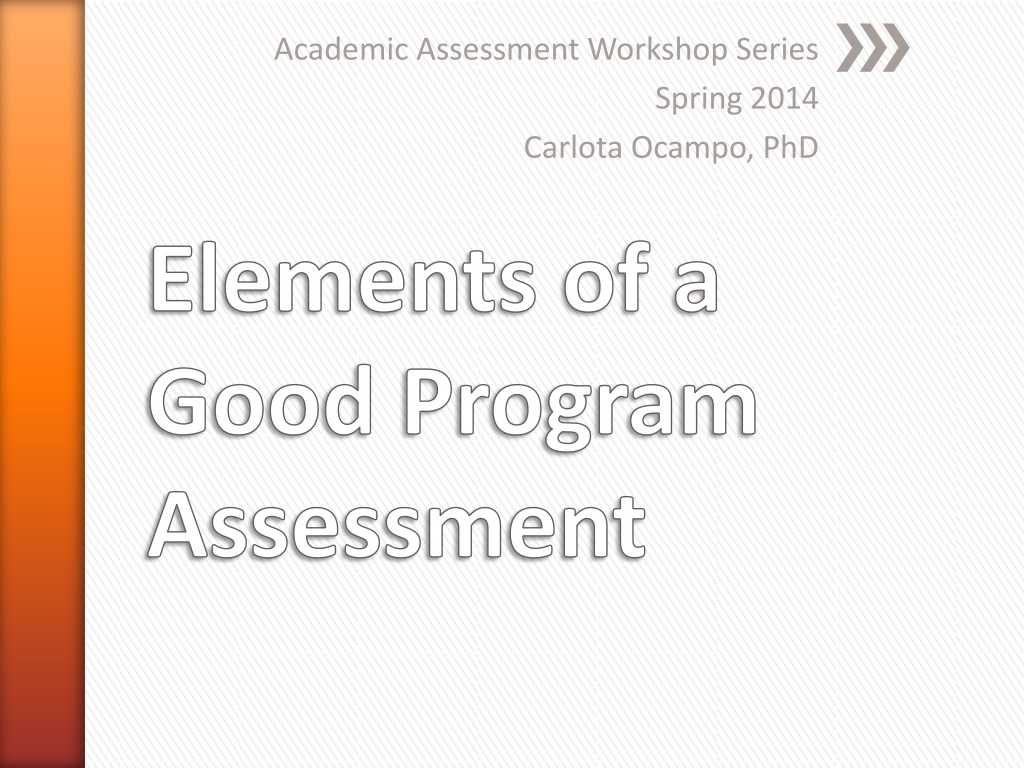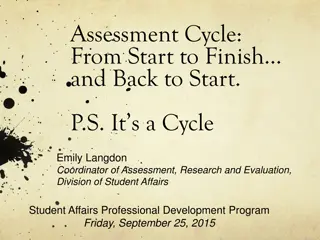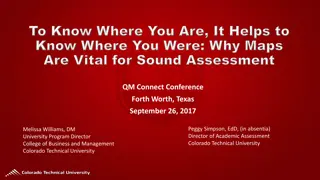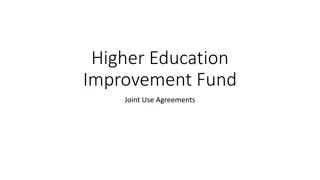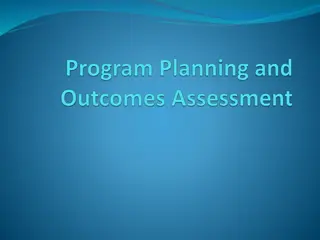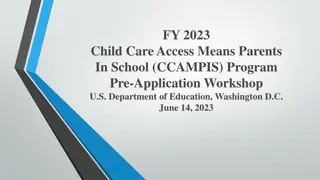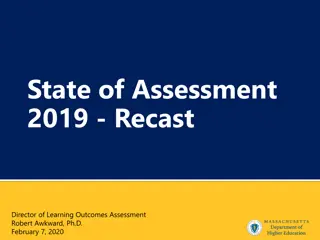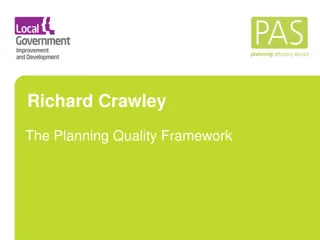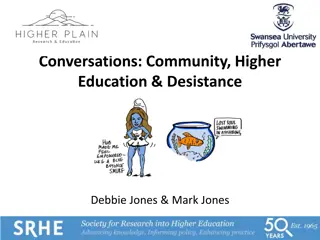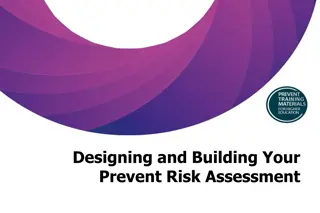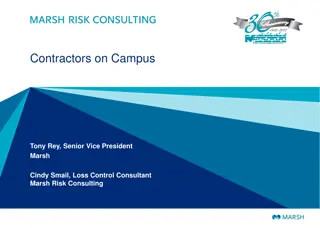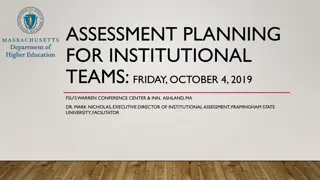Program Assessment Planning in Higher Education
This workshop series focuses on elements of a good program assessment in higher education, guiding participants through developing program goals, identifying student learning outcomes, creating curriculum maps, and implementing assessment plans. The process emphasizes using data to inform program improvements for enhancing student learning outcomes.
- Higher Education
- Program Assessment
- Student Learning Outcomes
- Curriculum Mapping
- Data-driven Decision Making
Download Presentation

Please find below an Image/Link to download the presentation.
The content on the website is provided AS IS for your information and personal use only. It may not be sold, licensed, or shared on other websites without obtaining consent from the author. Download presentation by click this link. If you encounter any issues during the download, it is possible that the publisher has removed the file from their server.
E N D
Presentation Transcript
Academic Assessment Workshop Series Spring 2014 Carlota Ocampo, PhD Elements of a Good Program Assessment
Using mission statement, develop program goals Based on goals, identify student learning outcomes: (SLOs) Create curriculum maps to chart students learning (use Bloom s taxonomy) Choose one or two program goals and write a plan to assess these goals (research proposal) Collect and evaluate data Close the loop : use results to inform program changes that will improve student learning outcomes Overview
Trinitys mission statement: http://www.trinitydc.edu/mission/ Goals for the College of Arts & Sciences: http://www.trinitydc.edu/catalog-13-14/gen- ed-cas-firstyear/#Goals_General Your program goals? Are these goals embedded as learning goals in program materials and in your syllabi? Developing Goals & Objectives
Think about your ideal program graduate. Who has she become? Knowledge outcomes: What does she know? Skills and abilities outcomes: What can she do? What tasks is she prepared for? Values outcomes: What does she care about? Student Learning Outcomes
Formulate research question and state why this question interests the program; do you have an educated guess or an hypothesis? (WHY?) Identify your methods: what instruments will you use to collect data? Where in the curriculum will you collect it? Who will be sampled? How will you go about it (protocol?) Collect data (direct or indirect) and evaluate the evidence of student learning Interpret results and make recommendations for program improvement Assessment Plan Structure
Method Example National or Standardized Exams Psychology seniors scores on the GRE subject test Embedded testing Student pass rates on the ECON 100 final exam OR HIS 130 essay question scored independently using a rubric Embedded assignments Signature course assignments are selected for assessment (over time): two faculty independently score case studies in BADM 426 using a rubric; a faculty group views and scores videos of student speeches in COM 290 Portfolios Students present portfolios of work developed over time in their major Pre-post tests Students take a test in the introductory level course in their major; test is re-taken in a specified senior-level course Data Collection Tools: Direct Measures
Method Example Student observation while performing a task In-class observation of student discussions; internship supervisor's direct evaluation of student performances Capstone project analysis Analyzed by two or more faculty independently using a rubric Student presentations or other community work Presentations are evaluated by faculty inside and outside the program Student-identified learning Students create lists of descriptions of their learning; after a student learning project, students must describe three things they learned that relate to course material (essay) National or standardized test scores NCLEX pass rates Data Collection Tools: Direct Measures
Method Method Student self-report surveys Transcript analysis or course-taking patterns End of course STEs Maps or inventories of instructional practices and assignments in the curriculum Mid-term formative course surveys Program research data: Course enrollment over time, graduation rates, retention rates, student GPAs, number of majors, length of time in program, etc. Structured individual or focus group interviews Internship supervisor/alumni surveys Course grades Data Collection Tools: Indirect Measures
